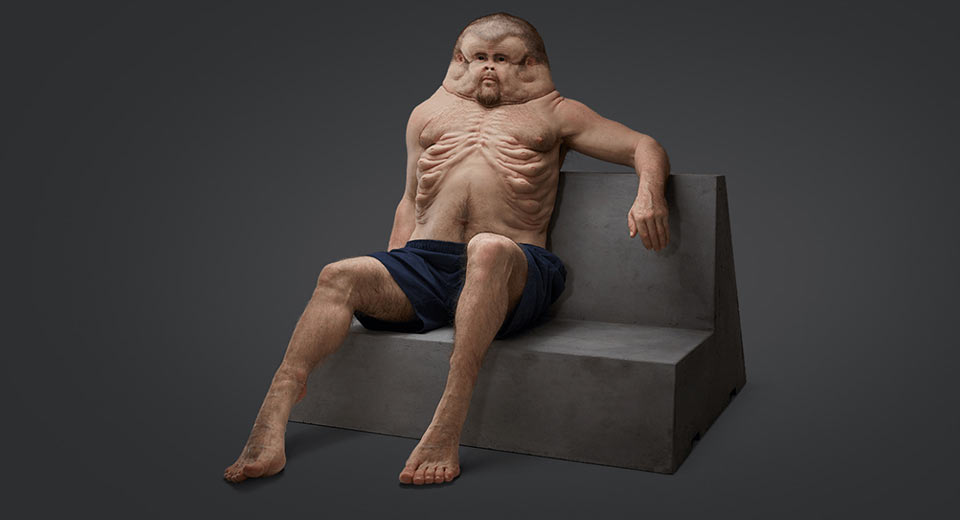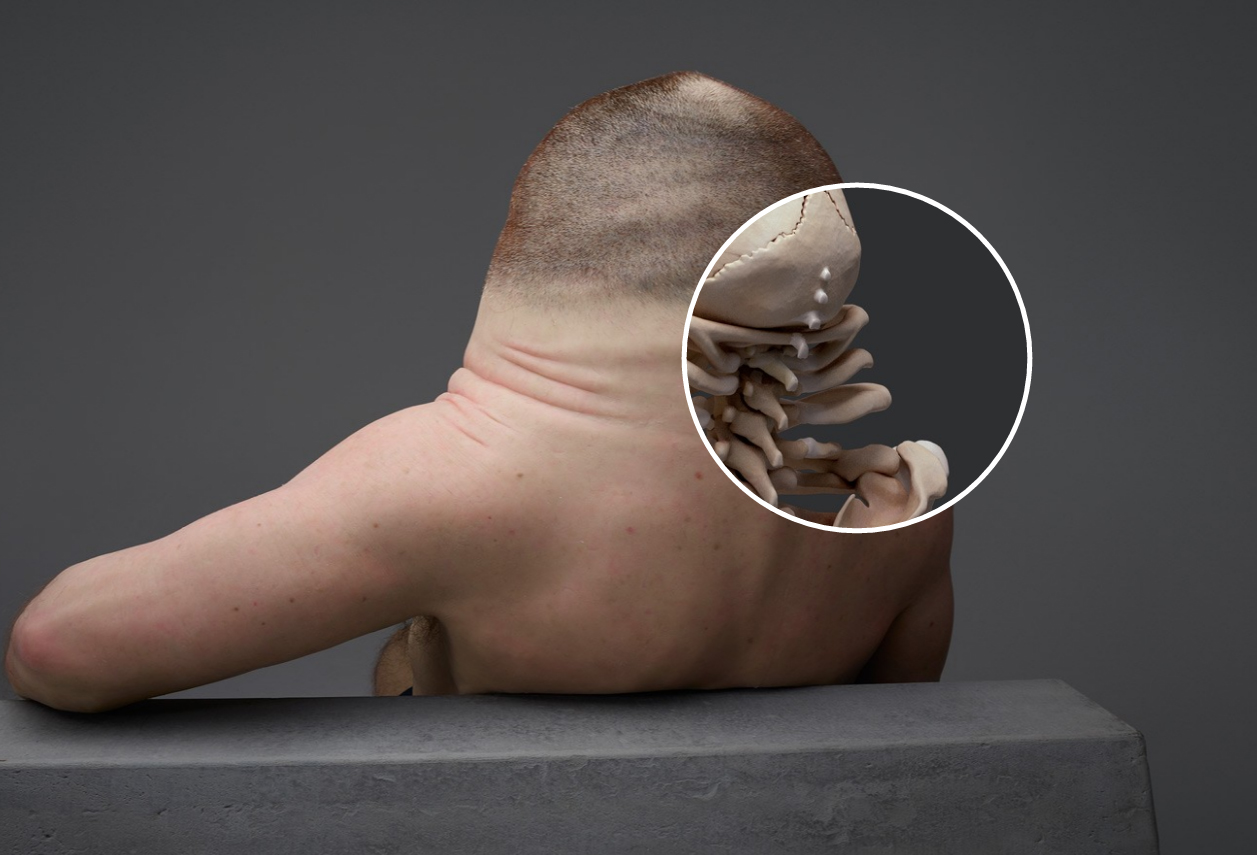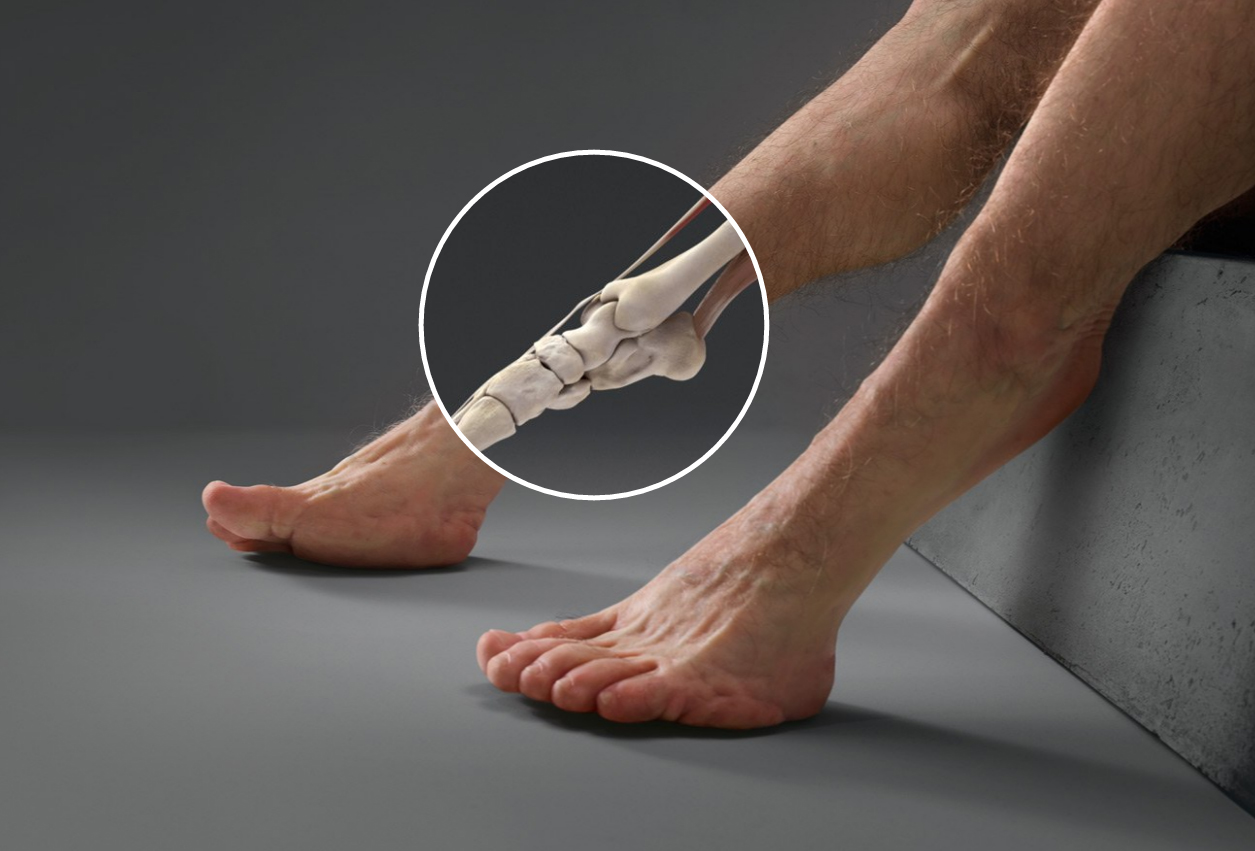All over the world, there have been numerous campaigns and attempts to instill a sense of awareness in the general public about road safety to decrease the number of accidents and avoidable deaths on the road. However, this sculpture called Graham is the first of its kind in spreading awareness about this important safety concern in an interactive and dramatic way.
The Transport Accident Commission (Victoria, Australia) collaborated on the creation of Graham with a car crash expert, a trauma surgeon and an artist.
“This is an artwork, and it needs to connect with the audience on an emotional level while still communicating some very serious ideas,” Piccinini said. “The idea is to stimulate conversation and questions rather than tell people what to think or feel.”
Source: https://edition.cnn.com/2016/07/25/health/graham-human-body-sculpture-car-accident/index.html
The almost disturbing morphology of Graham is suited to surviving violent car crashes; the absence of a neck is crucial for his survival because this avoids neck injuries altogether, his face is flat in order to absorb the force of the impact of collision, and his skull is thick like a basketball helmet with more cerebrospinal fluid (colorless fluid found in the brain) than is found in humans normally, which provides his brain with better protection. He also has numerous nipples to keep his ribcage safe through a mechanism similar to that of airbags. You can view Graham from 360 degrees here.
It is fitting that the Australian government commissioned such a campaign; there were 1,195 road crash deaths in Australia in 2019, which was a 5.3% from 2018. (Source: https://www.bitre.gov.au/publications/ongoing/road_deaths_australia_annual_summaries#:~:text=2019%20%3A%20At%20a%20glance,a%2016.3%20per%20cent%20reduction.)
This particular project is in fact, a fine example of art and design activism that I wrote about recently in a previous post. Graham’s piercing stare makes him relatable to Australians, while the grotesque form that his body takes is so different from the human form that the viewer can immediately sense the limits of their own body’s abilities in surviving such traumatic car crashes. Thus, Graham’s purpose of spreading awareness about road safety is effectively and engagingly achieved.
Pakistan could benefit hugely from such projects, due to the unsafe practices on the road by drivers (especially on motorbikes; some drivers do not wear their helmets diligently and dangerous tricks like one-wheeling for the sake of an adrenaline rush are a common practice at night on the roads of Pakistan). Even exhibiting Graham temporarily through collaboration with The Transport Accident Commission in Australia would communicate the importance of road safety and could result in less careless driving habits and, in turn, fewer injuries and deaths.


